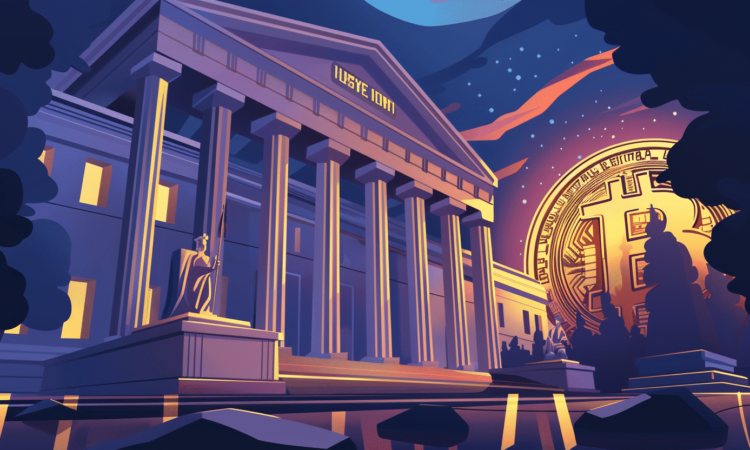
Hamilton, a crypto startup, has launched tokenized US Treasury bonds on Bitcoin layer-2 blockchains. According to the company, this innovative move marks a first in the crypto world.
The tokenized bonds tagged Hamilton U.S. T-Bills (HUST) are now available on Core, Stacks, and Build on Bitcoin (BoB) Bitcoin layer-2 solutions. The first HUST transaction occurred on July 4, signaling a new era in decentralized finance.
Bridging Traditional Finance and DeFi
Hamilton’s initiative combines the stability of the Bitcoin network with US dollar reliability, offering a unique advantage in the DeFi landscape.
3/8 With Real-World Asset (RWA) market projections reaching $16 trillion by 2030, tokenizing these assets on Bitcoin will provide unprecedented security, transparency, and liquidity
— Hamilton (@Hamilton_RWA) July 4, 2024
Kasstawi, Hamilton’s CEO, believes this move marks a historic step towards financial independence, exposing investors to emerging markets like crypto.
“Hamilton is building the first RWA on Bitcoin. We’re bringing financial independence on Independence Day,” said Hamilton’s CEO.
The company also says it aims to bring stability, transparency, and liquidity to financial systems in emerging markets.
Hamilton U.S. T-Bills (HUST) will run on three Bitcoin Layer 2 platforms: Stacks, Core, and BoB. Brendon, a contributor to the Core project, expresses his excitement about this development in an X post.
The company’s idea reflects a growing trend of tokenized real-world assets (RWAs) participating in the Web3 economy. This innovation converts assets like real estate, securities, and T-Bills into digital tokens that can be traded, transferred, and used within decentralized platforms.
Further, this trend is significant because it brings traditional assets into the digital space, making them more flexible. For instance, investors can now trade or leverage T-Bills on blockchain platforms.
Moreover, the US Federal Reserve interest rates have made T-Bills competitive with stablecoin yields. T-Bills now offer similar returns but come with lower risk compared to stablecoins.
According to Defillama, the total value locked in RWAs is currently at $3.81 billion, with a total market value of over $29 billion. Hamilton predicted the RWA market could surge to $16 trillion by 2030.
Bitcoin’s Evolving Ecosystem
Since 2023, the Bitcoin network has introduced three token standards: Bitcoin itself, Ordinals, and Runes.
Launched early last year, Ordinals create non-fungible tokens (NFTs) on satoshis. In April 2024, Rune was launched to let people create new digital coins on the Bitcoin network.
The increased traffic on the Bitcoin network has driven layer-2 development. Solutions like the Lightning Network aim to process BTC transfers faster than the main chain.
Layer-2s also enable smart contract-dependent DeFi (BTCfi) on the Bitcoin network, expanding Bitcoin’s utility beyond simple transfers.
Core DAO, one of HUST’s host platforms, operates both a layer-1 blockchain and a BTC layer-2 solution. It has gained support from major crypto exchanges like Bitget and MEXC.
Hamilton’s launch of tokenized US Treasury bonds on Bitcoin layer-2s represents a significant milestone. It demonstrates the potential for traditional financial instruments in the crypto space. As the DeFi ecosystem evolves, we may see more such innovations.
Disclaimer: The opinions expressed in this article do not constitute financial advice. We encourage readers to conduct their own research and determine their own risk tolerance before making any financial decisions. Cryptocurrency is a highly volatile, high-risk asset class.








